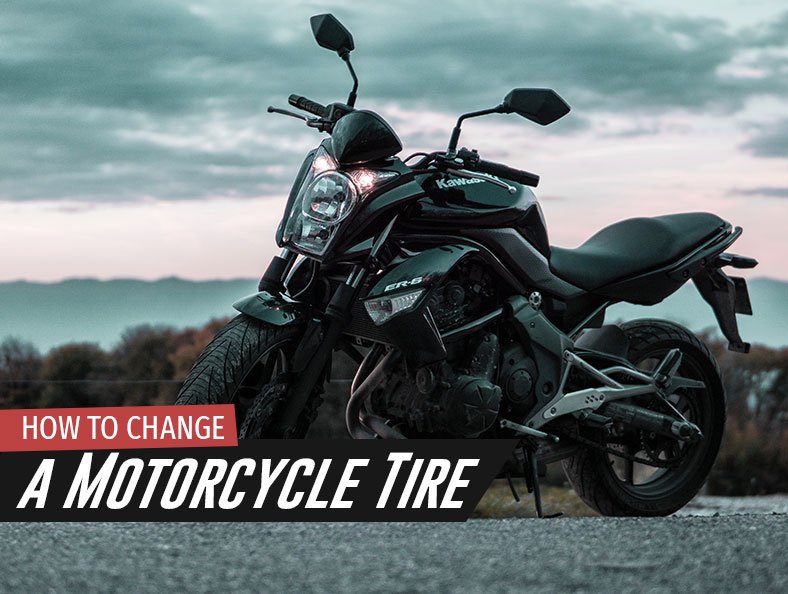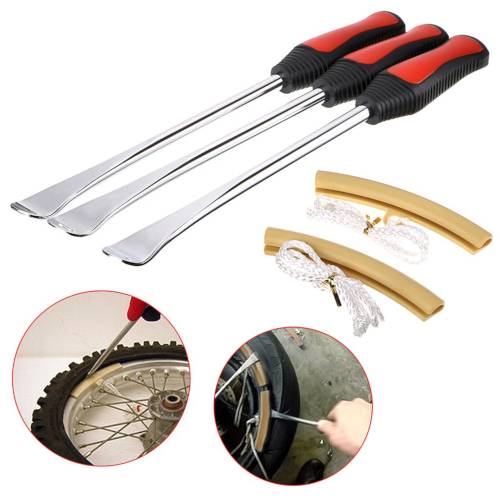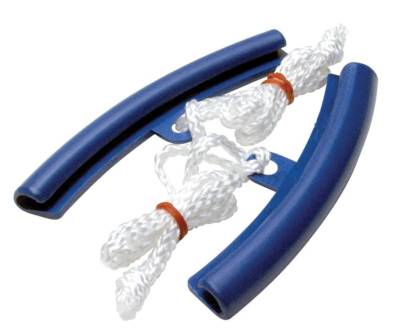Changing a Motorcycle Tire – Installing Your Replacement

Are you relatively new to biking? Right of the bat, there are a few things you should know about your bike and riding it, and changing a motorcycle tire is one of them.
The process isn’t as complicated as it sounds even for beginners who’ve never done it before. Of course, changing tires can be done by professionals, but that would cost money and take time. Instead, you can save on both by doing it yourself.
All you need are a few tools and a reliable step-by-step guide. Continue reading as we explain the best technique and all the tools required to master it.
Gather the Materials
Gathering the right materials is among the essential steps in the process. It’s crucial that you get them all together before you actually start removing the old tire. This way, you’re sure everything is prepared and within arm’s reach for when you need it.
This is where you want to collect the tools you have and purchase what you’re missing. Preparation is critical since searching for the tools in the middle of the process is time-consuming and quite stressful.
Luckily, changing a tire requires only a few necessary tools you probably already have. If you don’t have them, they’re fairly easy to find at pretty much any motorcycle shop. Here’s what you need:
- Spray-on silicone lubricant
- Tire irons
- Breezer tire tool
- Bead breaker
- Valve core tool
- Rim protector
- Compressed air pump
Some of this is optional such as a rim protector. Also, you can use two C-clamps if you don’t have a bead breaker.
Lift the Bike
You should lift your bike first in order to change the tires safely and quickly. There are many ways to do this, so it’s mostly up to you to decide. It all depends on the type of motorcycle you have.
Be creative with this depending on the tools you have at hand, but make sure you’re always safe.
Get the end of your bike in the air using one of the several methods. Ratchet straps, bike jacks, centerstands, and wheelstands are only a few ways you can do this.
If you need it, grab our guide for how to use your motorcycle stand properly.
Whatever works for you is an excellent way to do it, as long as it’s a safe and secure method. It has to be reliable because you’ll tamper with the tires and the last thing you want is your bike falling during the process.
Steps for Removing the Tire
The next thing you want to do is remove the wheel that you’ve lifted. If you have an owner’s manual, this is a good time to refer to it for all the specific details. If not, don’t worry. The key is to lift the bike and remove the axle. This will allow the wheel to come free.
Once you remove the wheel, you should deflate the it. The best way to do this is by removing the valve stem core from the valve stem. Make sure to do this with a specialized tool rather than pliers or anything like that. Your local bike shop probably holds the right kind of tools for this. Anything other than that could potentially damage the valve stem.
You can also draw an arrow at the edge of your rim to mark the direction of the spin. This is optional and is usually recommended to bikers who are doing this for the first time.
The next is breaking the bead that holds the tire and rim together. Use a bench top vise for narrow tires. For larger ones, especially on the rear wheel, you’re probably better off with a special bead breaker.

A bead breaker with integrated spoons is often the best choice through any specialized tool would work. Avoid using a hammer since that could damage the rim before it would loosen.
If it’s not going as easily, you can use a silicone lubricant to help the process. The lubricant allows the tire to slip off the rim much easier. Spray it on each time you expose some of the beads. You could use some Windex for this as well if you don’t have any silicone lubricant at hand.
Once you break the bead, you should lever the first side with spoons. Some kits come with small spoons, but we recommend you to use a long spoon. In most cases, it simply makes the job easier. Using the hooked end, slide the spoon between the rim and the tire. Pill the end of the iron towards the center of the rim which should then pull the edge over it.
If you have spoked wheels with tubes, you want to remove them as well. Unbolt the stem from the rim and get the tube out carefully. Do the same process using the same tools and techniques to lever off the other side.
This is an excellent time to look into the rim for any debris and traces of corrosion. Take some time to clean the inside well especially if you have steel rims because those are quite prone to corrosion. If there’s rust, scrub it with a cordless drill and a wire brush. If not, use any method of your choice. Once you’ve cleaned them thoroughly, you should spray on a corrosion inhibitor for some added protection.
Replace the Tire
Before you go on, you should lubricate the new tire using the same lubricant you used to get the old one out. If not, use Windex again as it does a reasonably good job at making the components slippery enough.
If you have spoked wheels, you should also have a rim strip that covers the spoke nipples. This protects the tube.
Now, place the new wheel, so it goes in the same direction as the one you’ve marked on the rim. Look for a red dot that should be right next to the valve stem. Use this to set it up the right way.
Use your irons to pry the new wheel to the rim. The wall should be between the iron and the rim allowing it to push the tire into the rim. The bead will serve as the fulcrum as you push from the center of the new wheel.
Once it’s in, repeat the process the same way on the other side. When it’s all in and aligned, you want to pump some air using your compressed air pump. Make sure you don’t inflate it fully but only until you hear a pop of the bead.

You can use a small hammer to hit the tire around the bead. This makes it easier for it to slip into the bead but make sure you’re not hitting it too hard.
If you didn’t hear the pop, you should use the Breezer tool to press the bead in and rotate the tire. You shouldn’t keep inflating if you didn’t hear the pop. Instead, let some air out and redo the process. Because it’s not fully inflated, you can still rotate it a little bit.
Once you heard the pop indicating everything is in place, pump some ceramic dust into the tire. Use ceramic dust into the valve for better balance and weight equalization. Though recommended this step is optional but should be done before putting the valve stem back.
Now reinsert the valve stem by using a valve stem tool. Make sure to tighten it into place so nothing can move or slip in any way. Put the wheel back on your bike and inflate it. You might want to check the recommended air pressure if you’re not sure about it.
The process is the same for both tires but make sure to do one at the time. By working on one and then the other, you ensure the precision of your work.
Helpful Tips
The entire process of changing a motorcycle tire is relatively simple and shouldn’t take you much time. Many people agree that removing the wheel is the hardest part. For this reason, one of the best tips is to have quality and reliable tools to help you along. Get anything you think you might need before you begin.
A lubricant is considered optional but strongly recommended. If the old tires are hard, you’ll probably have quite a hard time getting them off. For this reason, a good lubricant is a key tool to help you remove them. It can even help with putting the new ones on although new and fresh rubber is much easier to work with anyway.
Make sure to take your time with all the steps. Don’t skip anything since each is equally important for the overall quality of your work. Work at your own pace and make sure to refer to this article as you go if you need to.
Find out how long tires last here.
Conclusion
As you can see, changing a motorcycle tire isn’t at all complicated. It might seem so if you’re doing it for the first time, but you’ll become more comfortable with it after each time you do it.
The important thing is to have all the required tools. It’s also crucial to take your time and be gentle with all the components. Otherwise, you could damage or break them. The entire process shouldn’t take much time anyway.
Make sure to refer to the user manual you got with your bike for all the specific details. Also, you should always return to our guide to remind yourself of some steps. The process becomes easier with time and experience so allow yourself to learn and practice.






